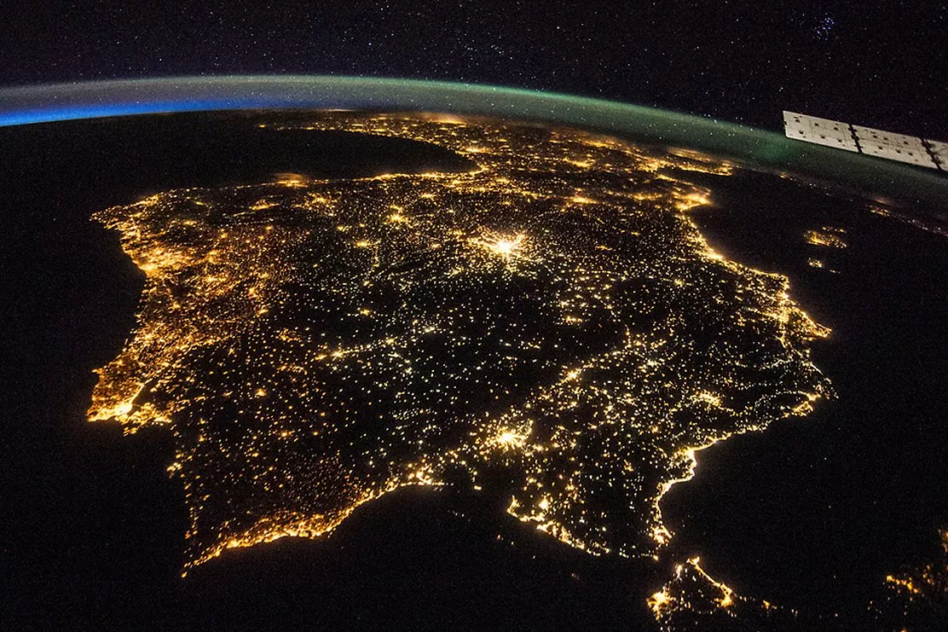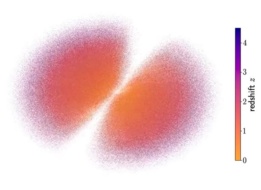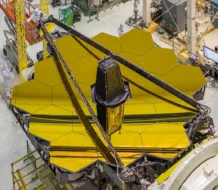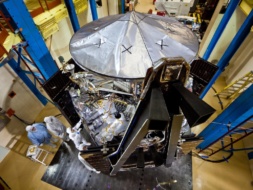To get a clear, untouched view of the night sky, a person has to travel to the remotest corners of the Earth, far from any city or town where artificial light blocks out the delicate light from the stars. The sky that most of humanity sees at night is obscured by a filmy haze of dispersed light called the skyglow.
According to a study led by astronomers at the GFZ German Research Centre for Geosciences and NOIRLab and published today in Science, the night sky is getting brighter faster than we thought—at a rate of 7-10% per year. In effect, that means it has doubled in brightness over the last eight years. The study is based on more than 50,000 observations made over the past decade.
Worth noting: The data used in the study was collected by citizen scientists participating in the Globe at Night project using their smartphones between 2011 and 2022. Most participants in the study were located in North America or in Europe, where the skyglow is already strongest.
Back to the sky: Since the 1970s, researchers have been investigating the skyglow from space using satellites.
- The Defense Meteorological Satellite Program (DMSP) was declassified in 1972, making the first satellite images of the night sky available to civilian researchers.
- In 2001, researchers published the First World Atlas of Artificial Satellite Brightness, which pulled satellite data to reveal that artificial light was obscuring far more of the pristine night from view than previously thought.
- In 2016, that atlas received an update, which found that more than 80% of the world—and more than 99% of the US and European population—lived “under light-polluted skies.”
Still, it’s hard to fully decode and trust the information beamed back home from satellites about the relative brightness of the sky as seen from Earth. These dedicated satellites are most sensitive to light that aims straight toward the sky, and to light in warmer color tones. Light that shines horizontally, like from storefronts and billboards, and bluer modern LED lights appear fainter to these sensors.
To counter that, the Globe at Night initiative recruited people from across the world to record observations from the ground.
The findings: Between 2011 and 2022, the study found that the skyglow increased in brightness by about 6.5% per year in Europe and 10.4% in the US, with an average increase per year of 9.6% globally.
“If the development were to continue at that rate, a child born in a place where 250 stars are visible will only be able to see 100 stars there on his 18th birthday,” said Christopher Kyba, researcher at the GFZ German Research Centre for Geosciences and lead author of the study.
The big picture: The increasing brightness of the skyglow poses a major problem not only for astronomers whose research relies on a clear night sky, but also for wildlife. This research indicated that regulations aimed at protecting the darkness of the night sky have not gone far enough to stop the increasing brightness of the skyglow.
The Globe at Night project is still ongoing, and hopes to increase its coverage of the planet to gain more granular insight into the distribution of light across the night sky.




